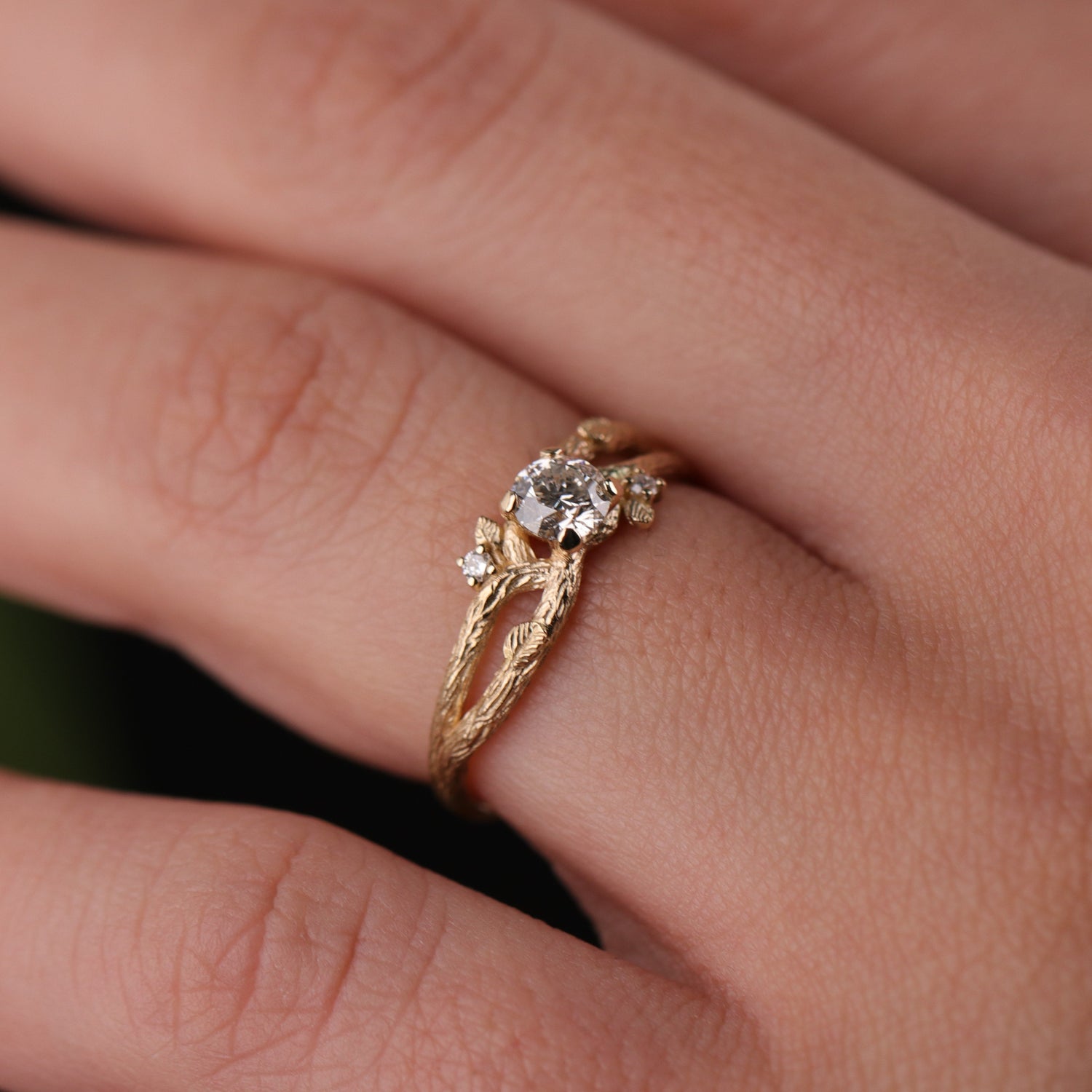
First Gem Mine Bronze
First Gem Mine Bronze
Early Bronze Age (3000 BC)
Although copper was widely used in tool making during the Chalcolithic Age, it was not very functional because it was a soft metal. B.C. Arsene bronze, a combination of copper and arsene, is found in the late 4000s. B.C. In the early 3000s, metallurgy and jewelry reached an important stage with the discovery of true bronze, which was an alloy of ten percent tin. Bronze is harder than copper and is more suitable for making tools and weapons because it can be cast well.
With the bronze having properties suitable for casting, the technique of shaping by forging, after being roughly shaped by pouring into an open mold of the Chalcolithic Age, was abandoned. It is replaced by the partial and closed mold casting technique.
Jewelry, one of the oldest cultural products, enters a new phase with the developments in metallurgy; It becomes a branch of art/craft. Early Bronze Age masters developed the knowledge and experience of thousands of years with skill and success despite their simple tools. With the ideal processing opportunities created by noble metals, it produces small objects with fine details by creating basic jewelery techniques such as filigree, inlay and engraving. In addition to ornamental stone processing, the development of new areas of expertise such as imitation ornaments made of tiles and glass and bead making supports jewelery making. Jewelery, which revives the immortal light of gold with the colors of ornamental stones, enters the service of the gods and nobles as an art that has reached perfection at its birth.
In order to examine the social, religious and economic conditions that paved the way for the birth of jewellery, it is necessary to go back to the brilliant culture of the Sumerians, the oldest known Bronze Age civilization, between the Tigris and Euphrates rivers.


